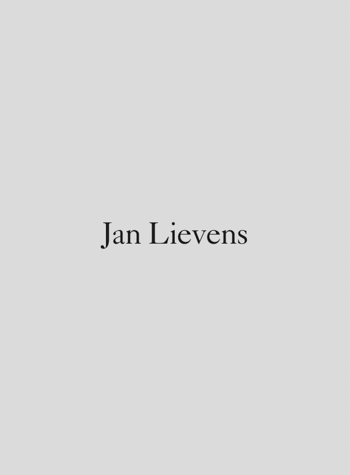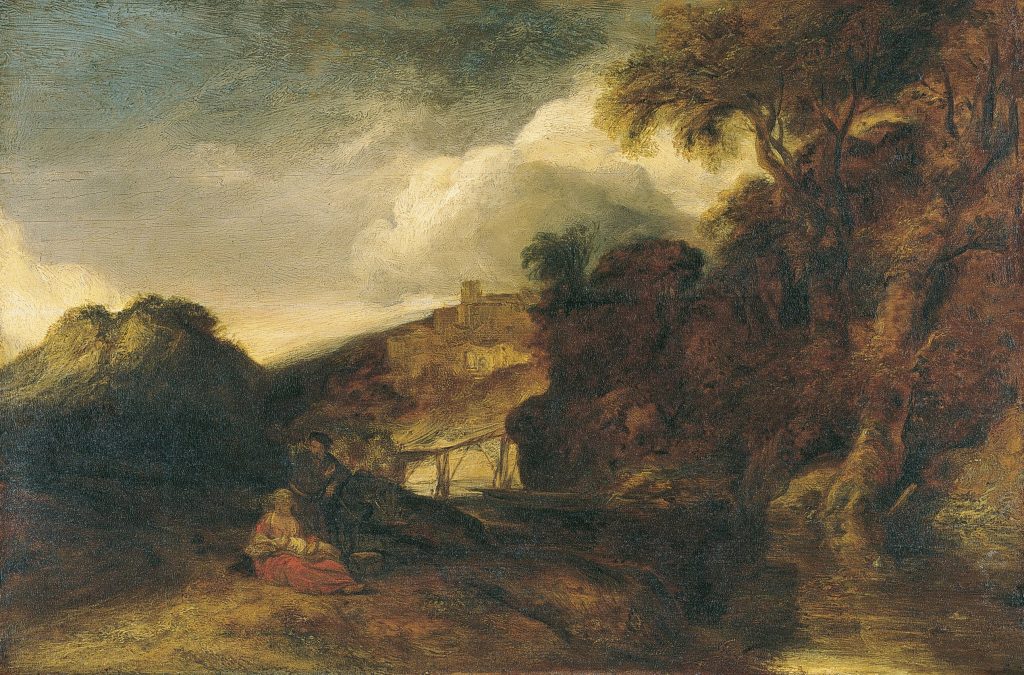Jan Lievens
Leiden, 1607 - 1674
Lievens produced portraits, genre paintings and religious compositions. Son of a hatter in Leiden, he began his training at the early age of eight in the studio of Joris van Schooten in his native city. Between 1617 and 1619 he continued his studies in Amsterdam with the history painter Pieter Lastman, whose influence is clearly evident in his early works. Lievens returned to Leiden around 1625 and set up as an independent master. Over the following years he worked in close contact with Rembrandt, whom he had met in Lastman’s studio in Amsterdam, and at one point the two artists shared a...
Lievens produced portraits, genre paintings and religious compositions. Son of a hatter in Leiden, he began his training at the early age of eight in the studio of Joris van Schooten in his native city. Between 1617 and 1619 he continued his studies in Amsterdam with the history painter Pieter Lastman, whose influence is clearly evident in his early works. Lievens returned to Leiden around 1625 and set up as an independent master. Over the following years he worked in close contact with Rembrandt, whom he had met in Lastman’s studio in Amsterdam, and at one point the two artists shared a studio. Lievens’ works of this period are so close to the style of Rembrandt that they have been confused in the past. In 1632 the artist moved to London where he worked for the court, executing portraits of members of the royal family, of which none have survived. In England, Lievens met Anthony van Dyck, whose style influenced his own. In 1635 the artist is documented in Antwerp where he is registered in the guild of Saint Luke. During his time in Flanders Lievens’ painting oved way from his early, Leiden style and came close to the Flemish Baroque manner of Van Dyck, Rubens and Adriaen Brouwer. In 1638 he married Susana de Nole, daughter of the sculptor Andries Colyn de Nole. Lievens returned to Holland in 1644 and settled in Amsterdam. Two years later he married for the second time to Cornelia de Bray, daughter of the Haarlem painter Jan de Bray. During this period Lievens executed numerous, important commissions for history paintings and allegories, for example the works for the Oranjezaal in the Huis ten Bosch, The Hague, and for the Stadhuis on the Dam, now the Royal Palace, Amsterdam. All these compositions reveal the elegance, smoothness and pale tonality of his Flemish phase. During these years Lievens also produced a large number of portraits. His work became so celebrated that the artist travelled to Berlin, Cleves, The Hague and Leiden to execute commissions. He died in Amsterdam in 1674.

